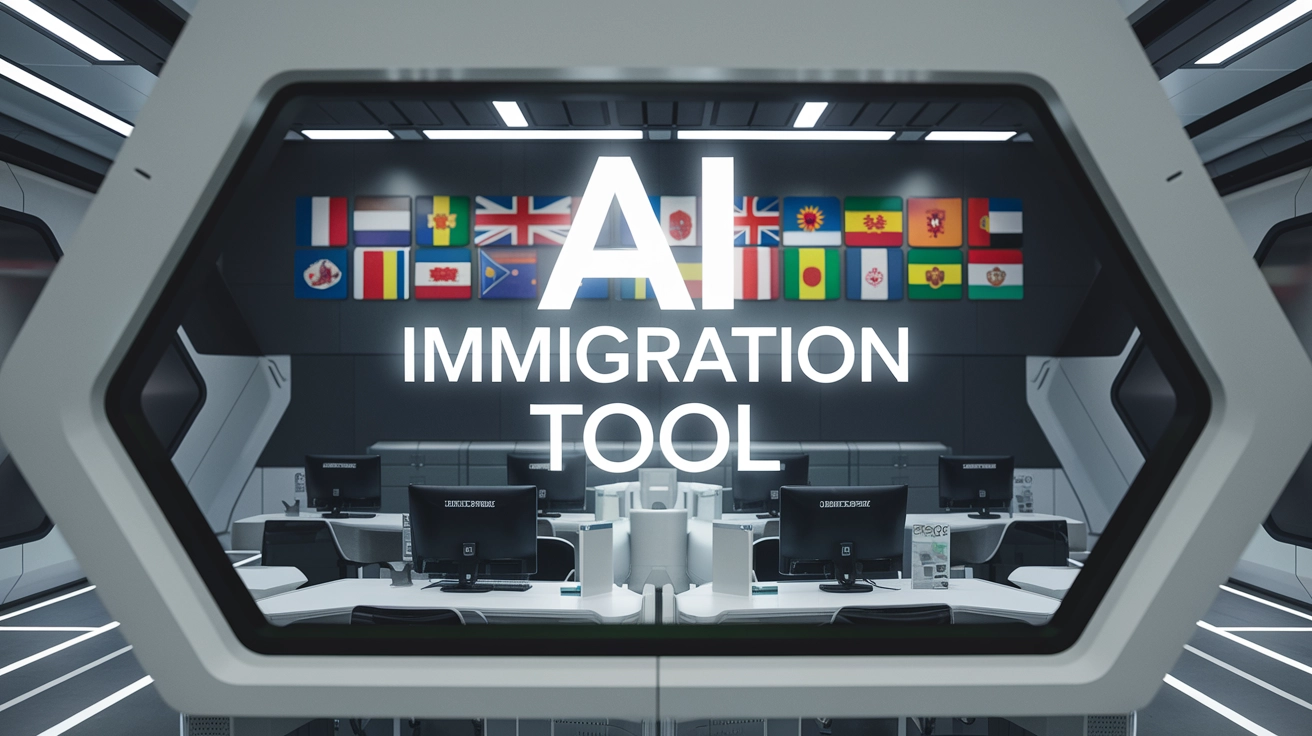Critics Warn of AI Influence on Immigration Decisions

Concerns Over AI in UK Immigration Decisions
On November 11, 2024, critics voiced urgent concerns over an artificial intelligence tool implemented by the UK Home Office that proposes enforcement actions against migrants. Dubbed a “robo-caseworker” by campaigners, this system has raised fears that it might facilitate the rapid approval of significant, life-altering decisions without adequate human oversight. The revelations surrounding the AI-powered immigration enforcement system spurred advocacy groups to call for its withdrawal, arguing that it could encode existing injustices into the immigration process.
Description and Functioning of the AI Tool
Despite government claims that the system is a “rules-based” tool that does not utilize machine learning, critics argue that the use of algorithms in making critical immigration decisions resembles AI functionality. The Home Office maintains that the tool is designed to enhance efficiency, especially given the current management of approximately 41,000 asylum seekers subject to removal actions. However, concerns arise as the system uses a range of personal data, including biometric details, ethnicity, and health information, to inform its recommendations.
Migrant rights advocates express that such implementation potentially exposes individuals to automated decisions that determine their fates without the necessary transparency or accountability. Furthermore, details obtained through a freedom of information request shed light on how individuals are not informed when AI influences decisions regarding their cases.
Rubberstamping Concerns
Campaign groups such as Privacy International have flagged risks inherent in the system, suggesting a tendency for officials to accept the algorithm’s recommendations without thorough scrutiny. The protocol outlined in the training materials reveals a disparity in required justification; officials must document reasons to reject a proposed decision from the algorithm but face no obligation to explain the acceptance of its recommendations. This raises intense scrutiny over whether the AI-led suggestions could unduly influence caseworkers toward automatic endorsements, potentially resulting in wrongful enforcement actions.
Potential Risks and Calls for Transparency
Fizza Qureshi, Chief Executive of the Migrants’ Rights Network, warned that the integration of the IPIC tool could lead to racial bias and an undue surveillance of migrants, thereby compromising their privacy. Critics argue that without substantial changes ensuring algorithmic transparency and accountability, the Home Office’s aim to modernize the immigration system poses significant risks.
Jonah Mendelsohn from Privacy International highlighted that the opacity of the tool’s application risks subjecting countless individuals to incorrect or harmful decisions that could dramatically affect their lives. Discussions around AI implementation must prioritize ethical considerations, ensuring safeguards are in place to prevent the entrenchment of bias in immigration enforcement.
Moving Forward: The Need for Accountability
Madeleine Sumption, Director at the Migration Observatory, indicated that while AI could enhance decision-making, improved transparency is essential to ensure justice in applications. The ongoing parliamentary discussions around a draft data bill that permits automated decision-making introduce additional concerns about the potential loss of human intervention in civil liberties.
In light of these developments, activists and legal experts assert that it is imperative to evaluate the use of AI within government functions critically. The need for algorithmic accountability is paramount as the Home Office seeks to harness technology in addressing immigration enforcement, aiming to balance efficiency with the fundamental principles of fairness and legality. As the debate continues, it remains crucial that the rights of migrants and affected individuals are adequately protected in any automated decision-making processes.